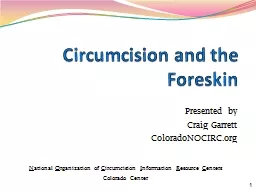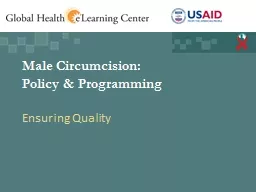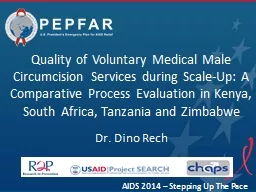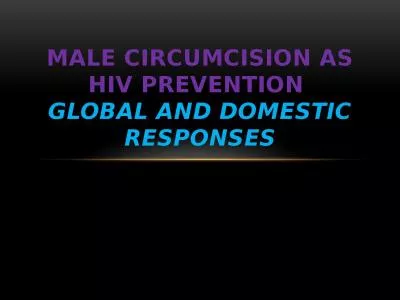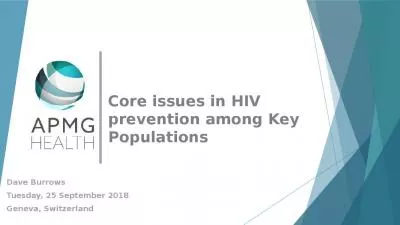PPT-Male Circumcision for HIV Prevention in Military Populations
Author : classyshadow | Published Date : 2020-10-22
Anne Goldzier Thomas PhD DoD HIVAIDS Prevention Program PEPFAR Scaling up Male Circumcision Programmes in the Eastern and Southern Africa Region Country Update
Presentation Embed Code
Download Presentation
Download Presentation The PPT/PDF document "Male Circumcision for HIV Prevention in ..." is the property of its rightful owner. Permission is granted to download and print the materials on this website for personal, non-commercial use only, and to display it on your personal computer provided you do not modify the materials and that you retain all copyright notices contained in the materials. By downloading content from our website, you accept the terms of this agreement.
Male Circumcision for HIV Prevention in Military Populations: Transcript
Download Rules Of Document
"Male Circumcision for HIV Prevention in Military Populations"The content belongs to its owner. You may download and print it for personal use, without modification, and keep all copyright notices. By downloading, you agree to these terms.
Related Documents









